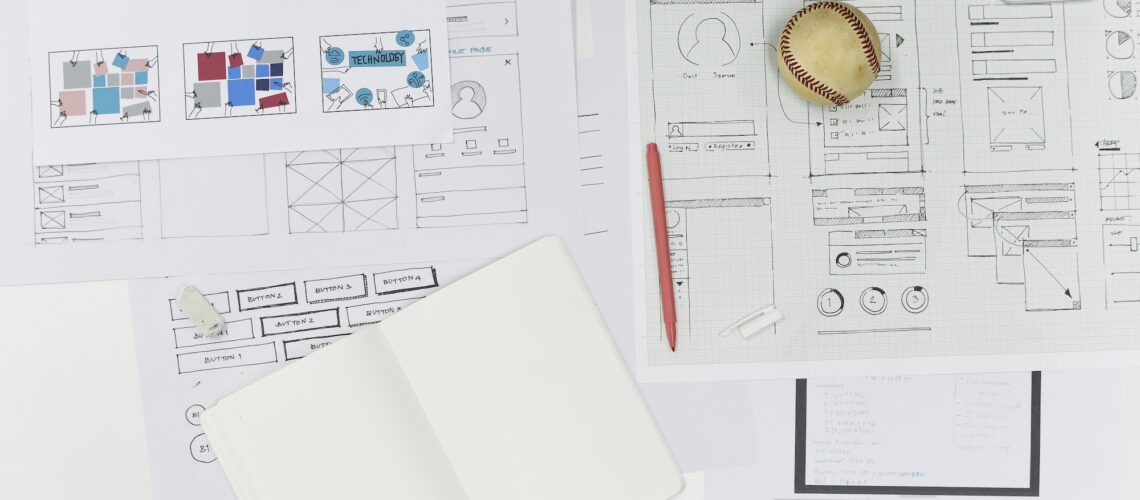Website Redesign Process: A Guide to a Successful Redesign
When you redesign a website, you’re not only improving its look and feel but also its search engine rankings, user experience and conversion rates. In this article, we will provide tips to ensure a successful redesign.
Understanding Your Current Website
Before you start your website redesign services, it is essential to understand your current website. Analyze your website’s design, functionality, and content to determine what is working and what needs improvement. Consider the following questions:
- What are the strengths and weaknesses of your current website design?
- Is the website easy to navigate and use?
- Does the website load quickly?
- Is the website mobile-friendly?
- Does the website’s content accurately reflect your brand and message?
Defining Your Website’s Goals and Objectives
Once you have a clear understanding of your current website, it’s time to define your goals and objectives for the redesign. Consider the following:
- What do you hope to achieve with the redesign?
- What are the key features and functionality that you need to include in the redesign?
- What is the target audience for your website, and what do they need from the website?
- What is the desired outcome of the redesign, such as increased traffic, higher conversion rates, or improved brand recognition?
Conducting Market and Competitor Research
Before you start the redesign process, it is crucial to research your market and competitors. Analyze your competitors’ websites to see what they are doing well and what you can improve upon. Consider the following:
- What are your competitors doing differently from you?
- What are the latest trends and best practices in website design and development?
- What are your competitors’ strengths and weaknesses?
Creating a Design Brief
A design brief is a document that outlines the goals and objectives of the redesign, as well as the desired outcome. The design brief should include information such as the target audience, the desired look and feel of the website, the required functionality, and any specific requirements. The design brief will serve as a guide for the design and development teams and ensure that everyone is on the same page.
Wireframing and Prototyping
Once the design brief has been created, it’s time to start the wireframing and prototyping process. Wireframes are basic outlines of the website’s layout and functionality, while prototypes are more detailed and interactive versions of the wireframes. The wireframing and prototyping process allows you to test the functionality and design of the website before it is built.
Design and Development
Once the wireframing and prototyping process is complete, it’s time to start the design and development process. The design should be visually appealing, easy to navigate, and in line with your brand. The development process involves coding the website, adding the necessary functionality, and testing the website to ensure that it is functioning correctly.
Testing and Launch
Before launching the website, it is crucial to thoroughly test the website to ensure that it is functioning correctly. Test the website on different devices and browsers, check for any broken links, and run a site speed test to ensure that the website is loading quickly. Once the website has been thoroughly tested and any necessary changes have been made, it’s time to launch the website.


